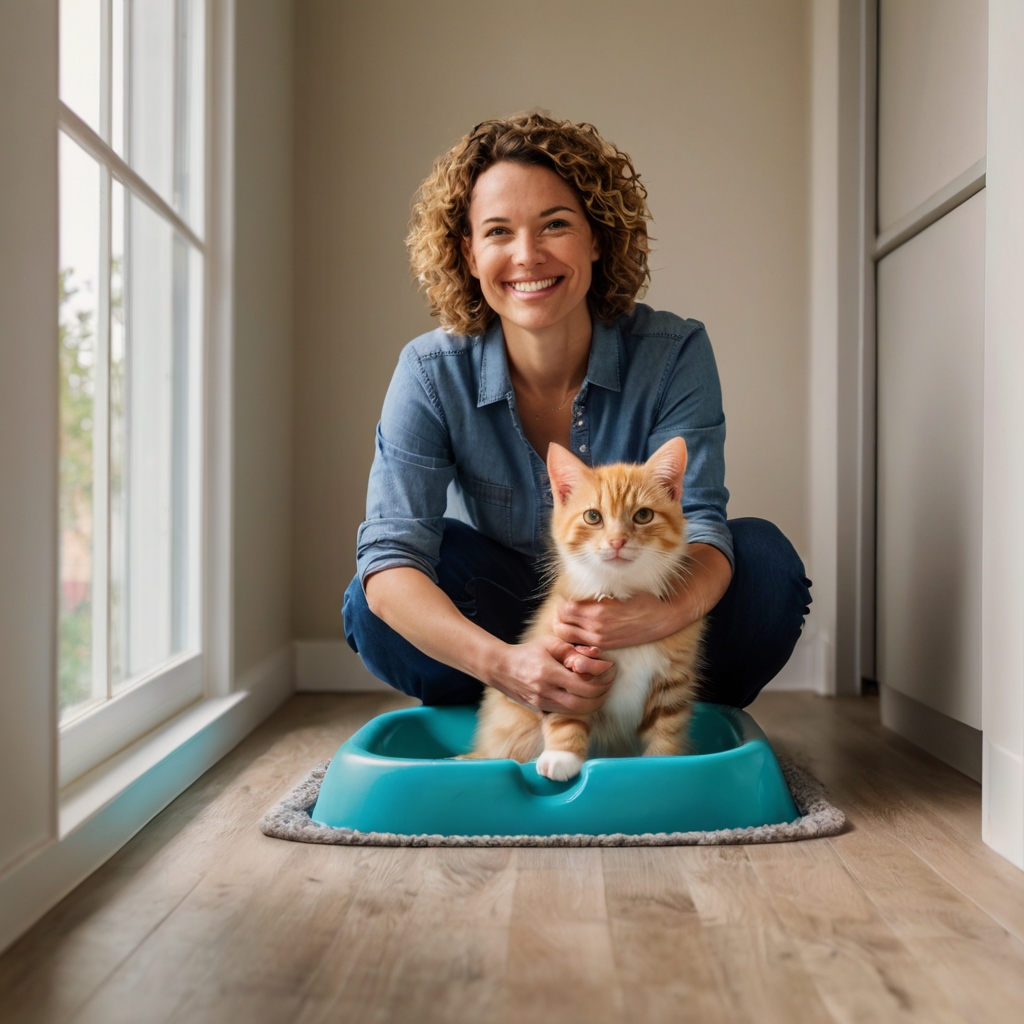How to Teach Your Pet to Pee in the Right Spot: Easy Training Tips – Struggling to get your pet to pee in the right spot? Discover practical and stress-free training methods to teach your pet good bathroom habits.
Teaching your pet to pee in the right spot is a crucial part of responsible pet ownership, ensuring cleanliness in your home, reducing stress, and strengthening your bond with your furry friend. Whether you’re training a new puppy, kitten, or re-training an older pet, patience and consistency are key to success.
In this detailed guide, you’ll learn easy, effective methods to teach your pet to pee exactly where you want them to, avoiding common mistakes and creating a stress-free environment for both of you.
How to Teach Your Pet to Pee in the Right Spot: Easy Training Tips- Why Proper Potty Training Matters for Your Pet’s Health and Happiness
Proper potty training is essential not just for a clean home but also for your pet’s overall health and comfort. Pets that are well-trained in using specific areas to relieve themselves experience less stress, better hygiene, and fewer behavioral issues. It also enhances your relationship by reducing frustration and fostering clear communication.
Additionally, effective potty training helps prevent damage to your home, saves time spent cleaning, and promotes a more positive home environment for all.
Steps to Successfully Teach Your Pet to Pee in the Right Spot
Choose a Consistent Pee Area
Identify a consistent location where you’d like your pet to urinate regularly. This spot should be accessible, quiet, and away from your pet’s feeding and sleeping areas. Consistency helps pets understand quickly what’s expected.
Establish a Routine
Pets thrive on routines. Regularly scheduled potty breaks greatly increase the likelihood your pet will learn quickly. Aim to take your pet out first thing in the morning, after meals, after naps, and right before bedtime.
Use Positive Reinforcement
Positive reinforcement is highly effective for teaching pets new habits. Each time your pet successfully pees in the right spot, praise them enthusiastically and reward them immediately with treats or playtime. This reinforces the positive behavior.
Be Patient and Calm
Accidents will inevitably happen, especially during initial training. When they do, remain calm and patient. Avoid yelling or harsh punishment as this can cause anxiety and set back progress. Instead, gently redirect your pet to the appropriate area.
Observe Behavioral Cues
Watch your pet closely for behavioral cues indicating they need to relieve themselves. Common signs include sniffing, circling, pacing, whining, or pawing at the door. Respond promptly to these signals to prevent accidents.
Clean Accidents Thoroughly
Always clean up accidents immediately with enzymatic cleaners designed specifically for pet urine. These products completely neutralize odors, preventing your pet from returning to that spot to urinate again.
Gradually Increase Independence
Initially, supervise your pet closely during potty training. Gradually reduce supervision once consistent behavior is established. Over time, your pet will independently use the designated spot reliably.
Specific Tips for Dogs
For dog owners, the following tips can enhance training:
- Use verbal cues such as “go potty” consistently to help dogs associate commands with actions.
- Regularly scheduled outdoor walks create predictability for your dog.
- Puppies typically need more frequent potty breaks than adult dogs, usually every few hours.
Specific Tips for Cats
For cat owners, these tips encourage successful litter training:
- Place litter boxes in quiet, accessible areas away from high-traffic locations.
- Maintain clean litter boxes by scooping daily and changing litter weekly to encourage consistent use.
- Offer multiple litter boxes if you have several cats to prevent territorial issues.
What to Avoid When Potty Training Your Pet
Avoid punishing your pet for accidents. Negative reinforcement can lead to anxiety, fear, and potentially more accidents. Never rub your pet’s nose in accidents—this outdated method causes stress without effectively addressing the problem.
Additionally, avoid frequently changing your pet’s potty area, as consistency is crucial for successful training.
Golden Tip: Reward Progress, Not Just Perfection
Reward your pet even for incremental progress. If they begin indicating they need to go out, praise and reward them immediately. Acknowledging small successes motivates your pet to continue learning positively.
When to Seek Professional Help
If despite your consistent efforts your pet struggles significantly or experiences regression, consult a veterinarian to rule out underlying medical issues. In persistent behavioral cases, consider consulting a professional animal behaviorist or trainer for personalized assistance.
Conclusion: Building Good Potty Habits for Life
Learning how to teach your pet to pee in the right spot requires patience, consistency, and positive reinforcement. By establishing clear routines, offering consistent rewards, and remaining patient through setbacks, your pet will quickly understand your expectations. Ultimately, successful potty training leads to happier pets and a cleaner, more harmonious home environment.
Read More:


